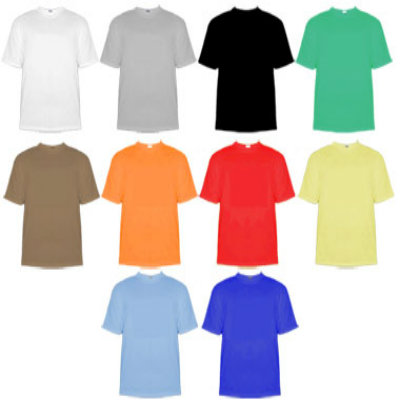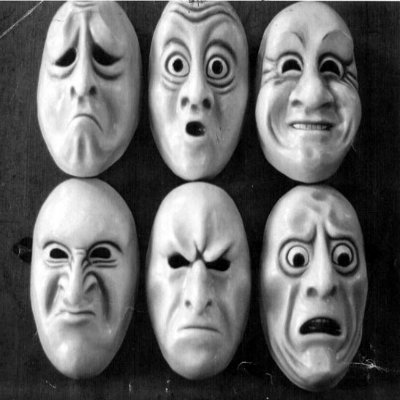Color and Emotion Perception Experiment

When it comes to colors, people have different choices. A color admired by one person may be disliked by another. It is not because there is anything wrong or right about it but it is just how the color is perceived by the person liking or disliking it. It is also not wrong to say that colors have their own language. A bright color often reflects positivity and happiness compared to black and white, which are usually meant to represent mourning or protest. Let us find out if colors have something to do with emotions. It is a simple experiment to find whether colors have an effect on a person’s emotion and perception by others.
What you need:
– Group of friends for reference
– Digital Camera
– Computer or Laptop
– Shirts of different colors
– Atleast 20 volunteers
– White chart paper
Instructions
-
1
The different colored shirts
Arrange a few shirts of different colors along with a digital camera. Now, hang the shirts with a rope, clipping them so they don't fall off.

-
2
Participants putting on shirts
Call a participant and ask him/her to put on any shirt from those you have hanged on the rope. -
3
The photo studio setting
Fix the digital camera on a tripod and place a chair in front of it. In order to ensure that there is no distraction, hang a white or gray sheet behind the chair. -
4
Photo Shot
Now one by one make the participants sit on the chair for a picture. Take the picture in a way that the face and upper body is clearly visible. -
5
The six universal expressions
While taking pictures, ask the participant to change the shirts in every shot. Also, tell them to make a new expression or emotion (from the six universal emotions) in each photo, including one picture in which there is no emotion at all.

-
6
Arrange the taken photos
Once seven pictures of each participant, showing different emotions, have been taken, arrange all the 'happy expressions' on one chart paper and all the 'sad expressions' on the other. This should be done for all the expressions. Now scan and load them on your computer. -
7
Views from volunteers
Finally, ask the volunteers to look at the pictures randomly and try to judge the emotions represented in each photo. Keep track of the order of every picture so that you can deduce whether the volunteers were right or wrong in judging the emotions. The obtained results will show whether or not colors can have an effect on a person’s emotion and perception by others.







